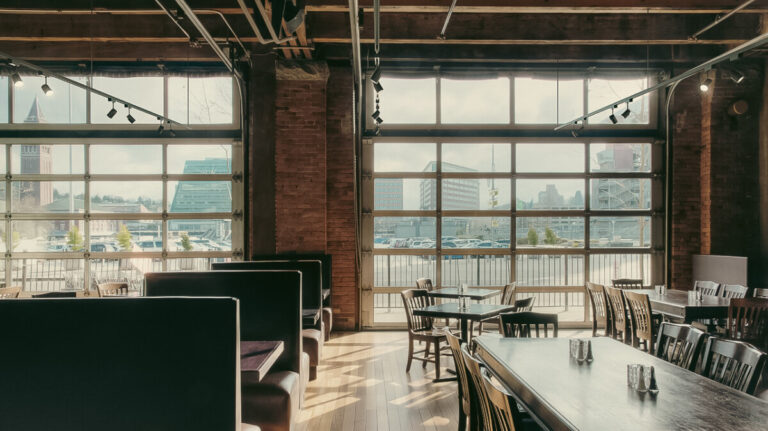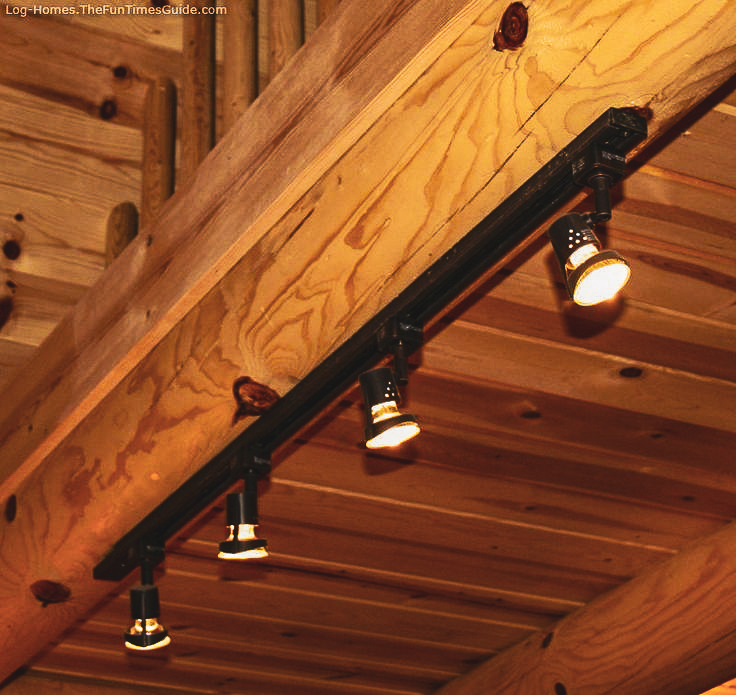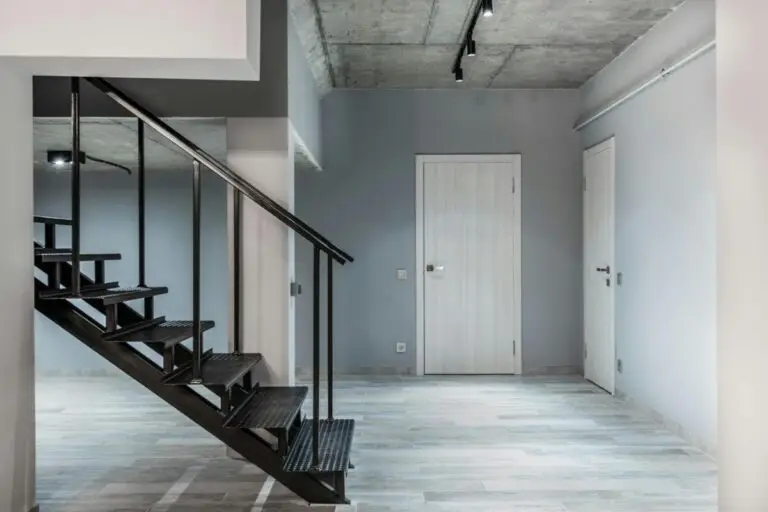INDOOR LIGHTING
The Ultimate Guide to Brightening Your Space
Understanding Indoor Lighting
Indoor lighting is more than just a necessity—it shapes ambiance, enhances productivity, and contributes to energy efficiency. Whether you’re designing a comfortable home environment, optimizing a commercial workspace, or upgrading a retail setting, choosing the right lighting solutions is essential.
With innovations like LED indoor lighting fixtures and smart lighting systems, modern indoor lighting provides flexibility, energy savings, and enhanced aesthetics. This guide will explore different lighting types, benefits, and expert tips to help you create the perfect indoor lighting setup.
Types of Indoor Lighting
A well-designed lighting plan incorporates multiple lighting types to achieve a balanced and functional space. These include:
- Ambient Lighting – General illumination that sets the overall brightness of a room.
- Task Lighting – Focused lighting for specific activities like reading, cooking, or office work.
- Accent Lighting – Decorative or directional lighting that highlights architectural features or artwork.
- Smart Lighting – Wi-Fi-enabled or app-controlled lighting solutions that offer customizable brightness and scheduling.
For commercial interior lighting, integrating energy-efficient LED panel lights, recessed lighting, and industrial-grade fixtures ensures cost-effective and high-performance illumination.
Why Does Indoor Lighting Matter?
Enhancing Productivity, Energy Efficiency, and Comfort
Indoor lighting plays a critical role in both residential and commercial environments. Here’s why it matters:
- Improves Mood & Productivity – Proper lighting enhances focus and reduces eye strain, especially in workspaces.
- Enhances Energy Efficiency – LED indoor lighting fixtures consume up to 75% less energy than traditional bulbs.
- Creates Ambiance – Layering different lighting types adds depth, warmth, and style to interiors.
- Increases Safety – Well-lit areas help prevent accidents, particularly in high-traffic zones.
For commercial spaces, commercial interior lighting solutions must meet energy codes and workplace lighting standards to optimize performance and efficiency.
How to Create the Perfect Indoor Lighting Setup
Key Considerations for Optimal Lighting Design
To design a functional and aesthetically pleasing indoor lighting plan, consider these essential factors:
- Layered Lighting – Use a mix of ambient, task, and accent lighting for a balanced effect.
- Color Temperature – Warm lighting (2700K-3000K) creates a cozy feel, while cool lighting (4000K-5000K) boosts focus in workspaces.
- Dimmability & Smart Controls – Adjustable lighting levels help create adaptable environments.
- Energy Efficiency – LED lighting solutions offer longevity and sustainability, reducing long-term costs.
For expert recommendations on fixture selection and placement, explore our blog section for insights into lighting strategies for homes and businesses.
Featured Products: Top Picks for Indoor Lighting Solutions
Upgrade your indoor lighting with top-rated fixtures from leading brands like RAB Lighting, known for their high-performance commercial indoor lighting solutions.
- LED Panel Lights – Perfect for offices and commercial spaces needing uniform illumination.
- Recessed Ceiling Lights – Modern, sleek, and great for general ambient lighting.
- Smart Wi-Fi Bulbs – App-controlled lighting for customizable ambiance.
- Pendant & Chandelier Lighting – Stylish focal points for living rooms, kitchens, and lobbies.
Choosing high-quality lighting ensures long-lasting durability, energy efficiency, and optimal performance.
Room-Specific Lighting Solutions
Tailored Lighting for Different Indoor Spaces
Different rooms require different lighting solutions. Here’s how to optimize lighting for specific areas:
- Office Lighting – Bright, glare-free LED panels and task lamps to boost productivity.
- Kitchen & Dining Areas – A mix of recessed lighting, pendant fixtures, and under-cabinet lighting.
- Bedrooms – Soft, dimmable lighting for relaxation.
- Retail & Commercial Spaces – High-output LED track lighting to enhance merchandise displays.
For an in-depth breakdown of room-specific lighting recommendations, check out our dedicated blog section.
The Future of Indoor Lighting: Trends & Innovations
The lighting industry is rapidly evolving, with advancements in smart lighting, human-centric design, and energy-efficient innovations.
Emerging Trends in Indoor Lighting
- Smart Home Integration – Voice-activated and app-controlled lighting systems.
- Human-Centric Lighting – Fixtures that mimic natural daylight patterns for improved well-being.
- Energy-Saving LED Technology – Ultra-efficient fixtures that reduce carbon footprint.
- Commercial Interior Lighting Upgrades – Adaptive lighting solutions tailored for productivity and sustainability.
Stay updated with the latest industry insights by exploring our blog section, where we cover lighting trends and innovations.
Frequently Asked Questions About Indoor Lighting
-
What is the best type of lighting for a home office?
- Bright LED panel lights or task lamps with a color temperature of 4000K-5000K for focus.
-
How can I make my indoor lighting more energy-efficient?
- Switch to LED bulbs, use dimmers, and integrate smart lighting controls.
-
What’s the difference between warm and cool lighting?
- Warm lighting (2700K-3000K) creates a cozy atmosphere, while cool lighting (4000K-5000K) enhances alertness.
-
What are the benefits of smart lighting?
- Smart lighting allows remote control, scheduling, and energy savings through automation.
-
Is LED lighting better than fluorescent lighting?
- Yes, LED lighting lasts longer, consumes less energy, and provides better light quality than fluorescent options.
Conclusion
Indoor lighting transforms the way we experience spaces—enhancing comfort, efficiency, and style. Whether you need commercial interior lighting, energy-efficient LED solutions, or smart home integrations, the right choices can significantly improve your environment.
For more expert insights and recommendations, explore our blog section for the latest in indoor lighting trends, technology, and design strategies.


